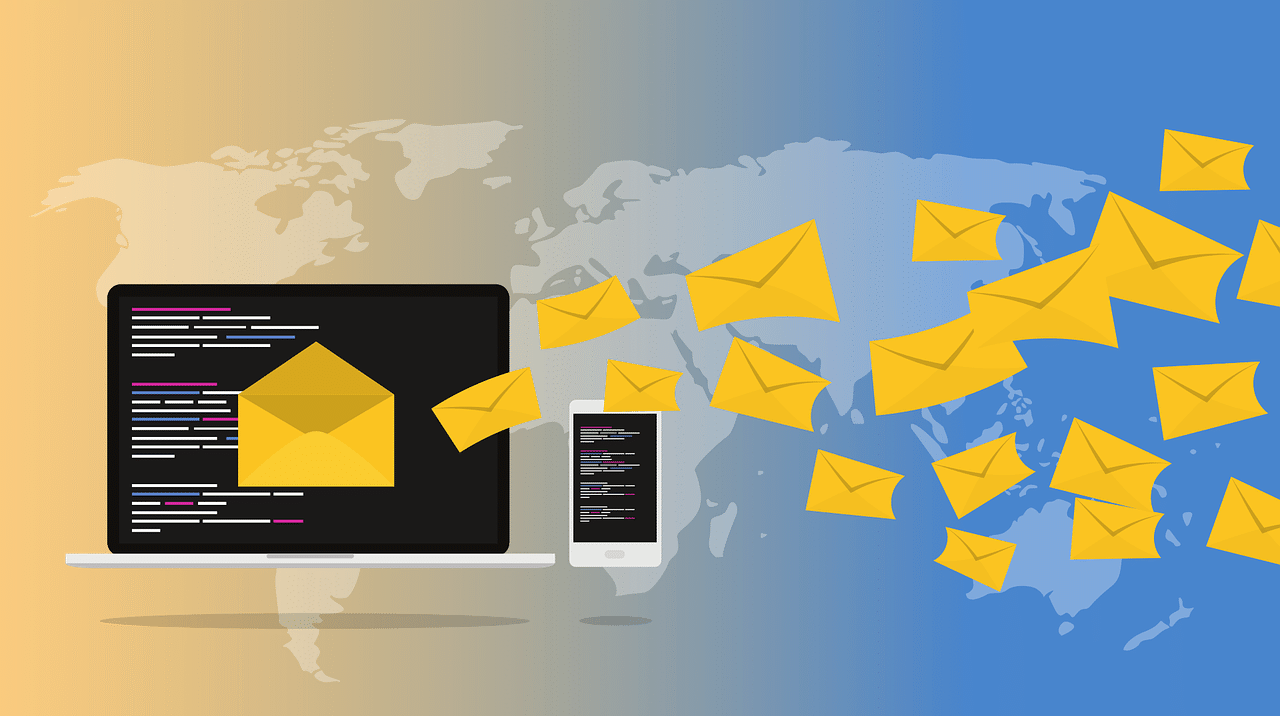It’s easy to confuse email marketing with marketing automation, especially for budding startups. While the confusion is understandable, you should know what draws the line if you are serious about strengthening your marketing strategy.
While both use email as their primary digital channel, it’s safe to say that marketing automation is a smarter version of email marketing. Email marketing allows you to send mass emails and measure its performance with metrics such as opens, clicks, bounces, and conversions, among others. Because it puts your business in front of your audience via email, it widens your reach and provides you a channel for promotion. But often, you must do things manually, and it’s hard to understand your customers on a deeper level. This is where the edge of marketing automation becomes pronounced.
Although email marketing is part of its components, marketing automation offers powerful functionalities that enable you to automate repetitive tasks, create multi-step campaigns and sequences, set up triggers, and a lot more. When used properly, marketing automation can make your campaigns more targeted and strategic. Because it gives rich data on your audience, it provides strong relevancy to your audience.
If you are divided between email marketing and marketing automation, here’s a brief comparison guide so you could beef up your marketing for your startup business efficiently.
IMAGE: PIXABAY
Automated Marketing Campaigns
Knowing how customers interact with your business is essential in nurturing. With email marketing, you could see who among your recipients opened and clicked on your email, which you can use to send more aggressive messaging.
On the other hand, marketing automation allows you to set conditions to place customers into a variety of sequences so that you could nurture them down the sales funnel. For instance, if a customer clicks on a CTA in your email, which indicates his interest in the offer, then that customer is automatically added to a sequence for potential buyers. However, if he opens the email and did not engage, he will be sent into a sequence dedicated to those that need more engagement.
Aside from email interactions, marketing automation also tracks other actions such as completing a signup form, website visits, and link clicks. This means more opportunities to design sequences that can trigger a series of relevant interactions to lead customers towards the conversion path.
With these data in the bank, you can then try to come up with personalized campaigns. These details can help you craft a smart strategy for your next campaign. Personalized emails can go a long way and can be achieved in different ways as well. Other than this, there are also some benefits to doing this like an improvement in brand loyalty and possible referrals down the pipeline.
Marketing Automation Workflow
To push customers to the conversion stage, then they have to go with a flow. A workflow is a sequence of interactions which customers go through when they act on a certain trigger. For instance, customers who abandon a shopping cart in an eCommerce site can be automatically added to a workflow where they receive a series of emails that remind them to complete their purchase and motivate them with incentives like discounts or freebies.
Having a good flow to follow can help increase satisfaction on the customer’s end. With a seamless flow, you are elevating the overall user experience. And with such a positive experience, you’re sure to have happy customers on your side.
Multi-Channel Marketing
Customers interact with your business through multiple touchpoints, and because marketing automation can track the customers’ actions, it can recommend the best channels to reach customers with the right message. It offers a centralized multi-channel marketing to guarantee that all channels function together towards a single, unified goal.
For instance, a customer who frequents a particular service page can be shown with a smart CTA to encourage action. Through email, you can also send him a series of personalized content to educate him about the service he often visits on your website. If he’s always online on Facebook, then you could also target him using lead ads or other ad formats. With such function at hand, you can craft a better stratgey to help meet your objectives.
Lead Scoring And Segmentation
Segmenting your contacts is possible in email marketing but only on certain levels such as demographics, past purchases, and engagement, among others. While this is significantly helpful in sending targeted emails, marketing automation offers a more sophisticated way to know whether customers are ready for the next level or not. This is called lead scoring.
Lead scoring is a method of ranking customers based on your understanding of their interests and intent to buy. You start by assigning scores for each interaction customers perform with your business. Using these scores, you can segment customers based on how prepared you think they are for more aggressive promotional emails. You can also make the software automatically do the segmentation for you.
For instance, customers with high lead scores can be automatically segmented and placed into a sequence where they will receive emails that offer free consultations or big discounts to encourage conversion. On the other hand, those with low lead scores can be grouped together so you could send them messages that nurture them further.
With these comparisons in your fingertips, what’s next for you? You have to learn how to use these to your advantage. Having a better understanding of email marketing and marketing automation can help you open your eyes to a better perspective. This perspective can support you in helping your business move forward in the right direction.
Of course, knowing your marketing goals is also a big help for when you choose between email marketing and marketing automation. Your goals are to be considered your direction and guide in selecting which one would be best for your business. Both are good choices, but since marketing automation is smarter regarding functionalities and features, having marketing automation in place ensures that no opportunities are wasted, especially for a startup business that’s still exploring possibilities.
Author Bio: Kimberly Maceda is a Content Writer for ActiveTrail. She writes for some top online marketing sites and blogging advice on email marketing and marketing automation. ActiveTrail is a leading provider of professional-grade email marketing and automation software for growing businesses.
If you are interested in even more business-related articles and information from us here at Bit Rebels then we have a lot to choose from.


COMMENTS